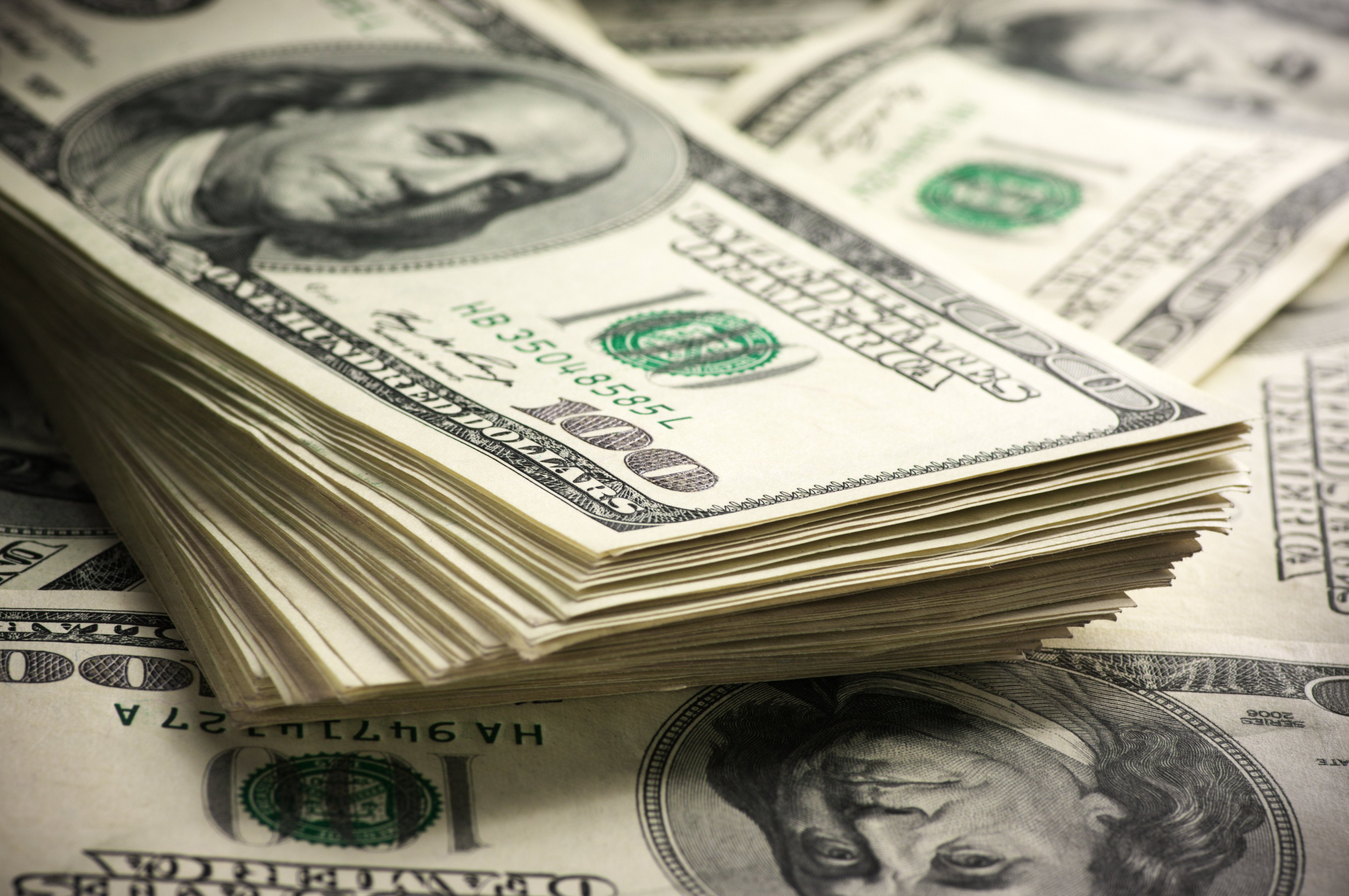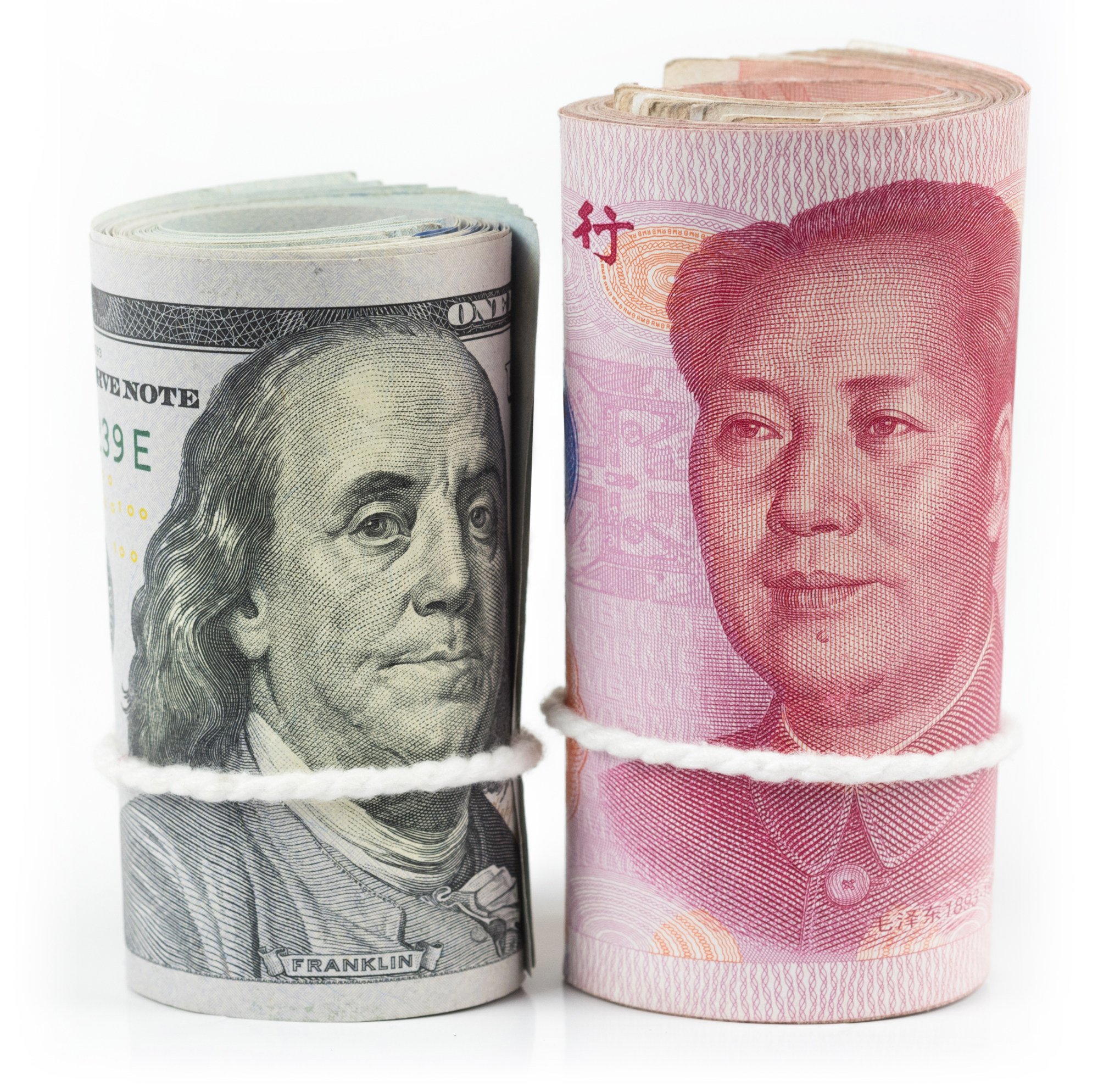Is Asia ditching the dollar? China’s yuan, gold, and bitcoin drive trade shifts
Asian economies are exploring de-dollarisation, amid geopolitical risks, signalling a monetary shift towards a multipolar monetary system

A growing number of Asian economies are cautiously moving away from the US dollar by creating alternative trade agreements and increasing their investments in assets such as gold and digital currencies – a trend that analysts say signals a longer-term shift toward a more multipolar monetary system.
A recent study by foreign exchange platform Forex Complex pointed to three primary indicators of de-dollarisation: a reduced share of US dollars in national reserves, a rise in gold’s share, and growing use of alternative currencies in bilateral trade.
Singapore, Indonesia and Japan ranked among the top 10 countries making the most progress on this front.
“Asian nations are increasingly seeking to reduce reliance on the US dollar, especially in response to sanctions, tariffs, and rising geopolitical risks,” said Chris Lodge, vice-president at foreign exchange brokerage FXTM.
While the dollar continues to dominate global markets – accounting for nearly half of SWIFT payments and over 80 per cent of foreign exchange trades – Lodge said diversification efforts are gaining traction in Southeast Asia, the Middle East, and among Brics members.
In Asia, more transactions are being conducted in Chinese yuan, followed by the euro and Emirati dirham in select bilateral arrangements, he added.

Ben Charoenwong, associate professor of finance at INSEAD, said the shift reflects structural changes in the global economy and nations’ growing desire to reduce their reliance on Washington’s economic and foreign policy tools.
“Asian de-dollarisation represents a gradual shift towards a multipolar monetary system rather than simple currency substitution,” Charoenwong said.
While there aren’t many real alternatives to the US dollar, fiscal risks and adverse trade policies are nudging nations to seek regional frameworks like Asean (Association of Southeast Asian Nations) to knit their trade more closely, he added.
A 2023 Asean agreement aimed to prioritise local currency transactions to reduce vulnerability to US monetary policy shifts and trade restrictions.
Since then, Southeast Asian member nations have started to engage in direct trade using currencies like the Malaysian ringgit and the Thai baht.
Indonesia conducts around 15 per cent of its trade with China and Japan in alternative currencies, using the yuan for Chinese transactions and its own local rupiah for its Japanese dealings.
India too has established trade agreements using its currency, the rupee, with 18 countries.
Each country in the Asian region is pursuing separate strategies to reduce their US dollar dependency, Charoenwong said.
These include pursuing digital solutions such as stablecoins, which are cryptocurrencies pegged to the value of real world assets such as gold or bonds, as well as central bank digital currencies, or digital versions of a country’s fiat currency.
Asian nations want to reduce their trade surplus with the US and are concerned about the weaponisation of the dollar, especially following Washington’s recent sanctions against Russia and Iran, he said.
After the Covid-19 pandemic, there was a concentration of global capital in American markets such as through equity allocations, and many Asian countries are now seeking to reduce their dependency on dollar-denominated financial systems, he added.
China’s yuan has significantly benefited from the trend, Charoenwong said.
Cedomir Nestorovic, professor of geopolitics at Singapore’s ESSEC Business School Asia-Pacific, said Asean, countries and China are also forging stronger ties with Middle East nations amid greater trade diversification.
While dedollarisation is on the table, he felt it may not be immediately viable.
Alternative assets shine
Global tensions are increasing the appeal of alternative assets like gold and bitcoin, compared to the US dollar.
Long considered as a reliable store of value, investors in Asia’s trading hubs of Hong Kong and Singapore have flocked to the precious metal, which historically has an inverse relationship to the US dollar.
Gold has gained 26 per cent so far this year and hit a record high of US$3,450 an ounce on April 22 due to US-China trade tensions and financial market instability.
But the longer term outlook for gold remains bullish on expectations of a weaker dollar, analysts say.
Spot gold prices slipped to around US$3,312 an ounce in overnight trading on Friday, as markets digested an ongoing court battle over US President Donald Trump’s so-called Liberation Day trade tariffs.
Central banks including those in Asia have been snapping up gold to stabilise their currencies, although record-high prices caused a dip in their purchases in the first quarter of this year, though not significantly, according to the World Gold Council.
Individual investors too have shown a similar pattern in their purchases.
“The US dollar, or rather treasuries have normally been seen as the global reserve asset. That has changed in the last few months with bond yields rising and gold and bitcoin outperforming,” said Saad Ahmed, head of Asia-Pacific at Gemini, a global cryptocurrency platform.
Bond prices move inversely to yields, and therefore rising yields indicate investors are selling the asset.
Bitcoin hit a record high of more than US$111,000 on May 22 on bullish market sentiment about supportive US regulations.
The cryptocurrency is favoured by younger and institutional investors, emerging as a complementary asset to gold as a store of value, while many are also increasing their bets to currencies like the yuan, the Hong Kong dollar and the euro, Ahmed said.

“It’s not necessarily a rejection of the dollar, but a recognition that it’s smart to spread risk,” he added.
According to a Global State of Crypto report this week, there has been a year-on-year increase in cryptocurrency ownership in 2025 with Singapore leading with the highest ownership rate at 28 per cent while the UK saw the biggest year-on-year jump.
However, Charoenwong said the role of cryptocurrencies in the de-dollarisation trend remains niche, with only a limited number of Asian businesses using them for transactions.
“Central Bank Digital Currencies are proving more significant than decentralised cryptocurrencies for actual de-dollarisation efforts,” he said.